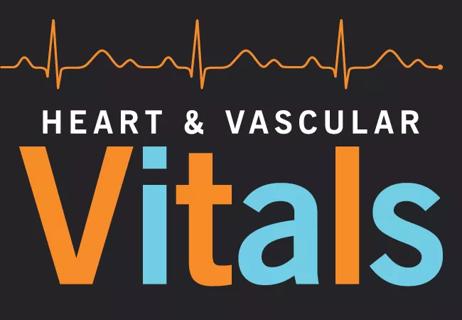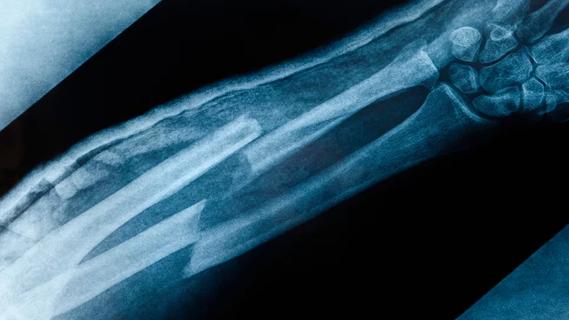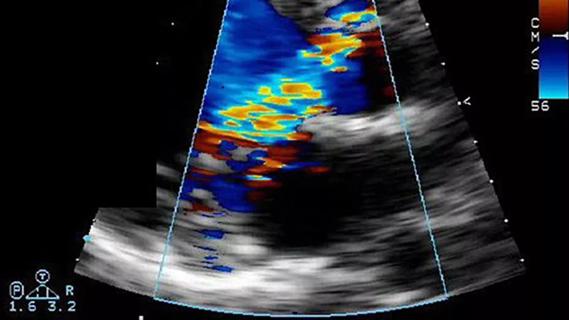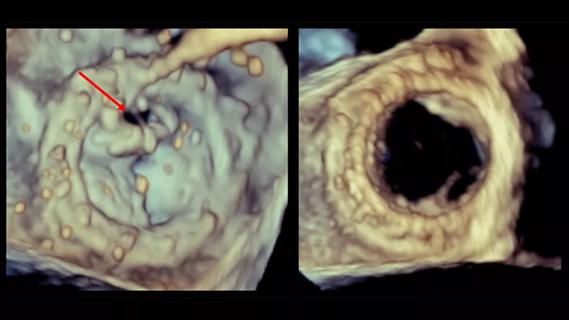Meet Elizabeth Vickers Saarel, MD

After a national search, Cleveland Clinic Children’s is welcoming a new chair of its Department of Pediatric Cardiology: Elizabeth (Tess) Vickers Saarel, MD. In addition to being a national authority in pediatric electrophysiology, she’s no stranger to Northeast Ohio (or Cleveland Clinic), as detailed in her responses below.
Advertisement
Cleveland Clinic is a non-profit academic medical center. Advertising on our site helps support our mission. We do not endorse non-Cleveland Clinic products or services. Policy
Q: What are your specialty interests?
Pediatric and congenital cardiology, heart rhythm disorders in children and adults with congenital heart disease, and prevention of sudden cardiac death in the young.
Q: Tell us about your training and career so far.
I completed medical school at UCLA, did my residency at Rainbow Babies & Children’s Hospital in Cleveland and did a pediatric cardiology and electrophysiology fellowship at the University of Michigan. I was an associate staff member at Cleveland Clinic in 2004-2005 and then moved to Utah, where I became Director of Cardiac Electrophysiology at Primary Children’s Medical Center and Professor of Pediatrics at the University of Utah.
Q: What drew you to pediatric heart disease — and to Cleveland Clinic Children’s?
Young patients with heart disease have significant risk for mortality and morbidity. I wanted to help improve the longevity and quality of life for children and young adults with heart problems.
A big part of the draw to Cleveland Clinic was the physician-led, collegial practice here. That, along with the quality of care provided for children overall and for patients of all ages with heart disease, is what brought me back to Cleveland Clinic.
Q: What are your priorities for the Department of Pediatric Cardiology?
Providing the best possible care will always be top priority. I plan to support that priority by putting even more of a premium on timely and open communication with our patients and referring physicians in the region and beyond.
Advertisement
Q: Tell us a bit about your research.
My research interests currently focus on preventing sudden cardiac death and diagnosing/treating arrhythmias in children and young adults with congenital heart disease. I am particularly interested in determining the safety of sports participation for young patients with arrhythmias and congenital heart disease. One highlight is an active grant from the NIH-sponsored Pediatric Heart Network for its Normal Electrocardiogram Project, for which I am the PI. This project is establishing a database of ECGs in children with normal echocardiograms in order to better define normal ECG findings among U.S. children of both sexes and of all ages, races and ethnicities.
Q: Are there trends in pediatric heart care you’d like to make sure all pediatricians are aware of?
There’s a trend in the treatment of congenital heart disease toward catheter-based interventions, including valve replacement. There’s also a growing emphasis on reducing radiation exposure in young patients who require heart catheterization and heart rhythm treatment procedures. As these positive developments gain even more ground, we aim to bring their benefits to more and more young patients in Ohio and beyond.
Advertisement
Advertisement

A sampling of outcome and volume data from our Heart & Vascular Institute

Concomitant AF ablation and LAA occlusion strongly endorsed during elective heart surgery

Large retrospective study supports its addition to BAV repair toolbox at expert centers

Young age, solid tumor, high uptake on PET and KRAS mutation signal risk, suggest need for lobectomy

Surprise findings argue for caution about testosterone use in men at risk for fracture

Residual AR related to severe preoperative AR increases risk of progression, need for reoperation

Findings support emphasis on markers of frailty related to, but not dependent on, age

Provides option for patients previously deemed anatomically unsuitable